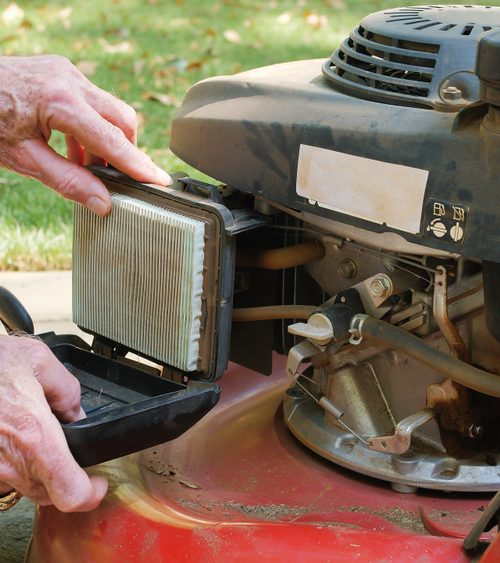By Walter Reeves, For the AJC
Troy Warren for CNT #HomeGarden
Q: I had some work done in my yard in September. Knowing it was too late to plant centipede seed, I broadcast wheat straw. I’ll wait until May, go over the yard very well with a borrowed spike aerator and broadcast centipede seed and fertilizer. Does that seem OK? Brian Stephens, email
A: Your timing is good,— but using a spike aerator won’t help your lawn and may even hurt it. The goal of aeration is to encourage grass roots to grow deeply. Unlike core (plug) aerators, spike aerators tend to compact the soil because they just push the soil out of the way as they pass over. One turf researcher found that a core aerator increased deep rooting and water extraction by 25%. The spike aerator showed no effects on grass health. Golf courses sometimes use spike aerators, but they do so because their soils are usually sand-based and the spikes break through the water-repelling black layer under the sand. When a core aerator passes over a lawn, it pulls up thousands of soil plugs. The holes left behind have rough sides and their large interior surface makes lots of places for air and water to penetrate. There should be at least 10 holes per square foot of lawn area to accomplish an effective aeration. In summary, lawn stabbing is not the same as lawn aeration.
Q: My neighbor refers to sweetgum trees as “widow makers” because seemingly healthy branches can suddenly fall and kill an unsuspecting guy walking underneath. Have you heard this term before, and is it reserved for sweetgum trees? Chuck Rigdon, Lithia Springs
A: A widow maker could be a turbo-charged Porsche, a Winchester shotgun or a massive heart attack, in addition to a falling tree limb. A friend and I were watching TV one night when we heard a big crash on my front driveway. A huge limb from a nearby sweetgum tree had fallen with no warning onto her car. Similarly, a 20-foot-long sweetgum limb fell in my backyard during the night and crushed a line of azaleas. Both trees are now gone.
I think the problem comes from limbs that are weakly attached to the trunk, due to the fast-growing nature of a sweetgum tree. Limbs that attach to the trunk at an angle of 45 degrees or less are prone to fall. Trees that divide into two dueling tops are likely to split. It’s a good idea to occasionally walk through your landscape with your eyes focused upward into your trees rather than downward on your lawn or flowers.
In Other NEWS




































